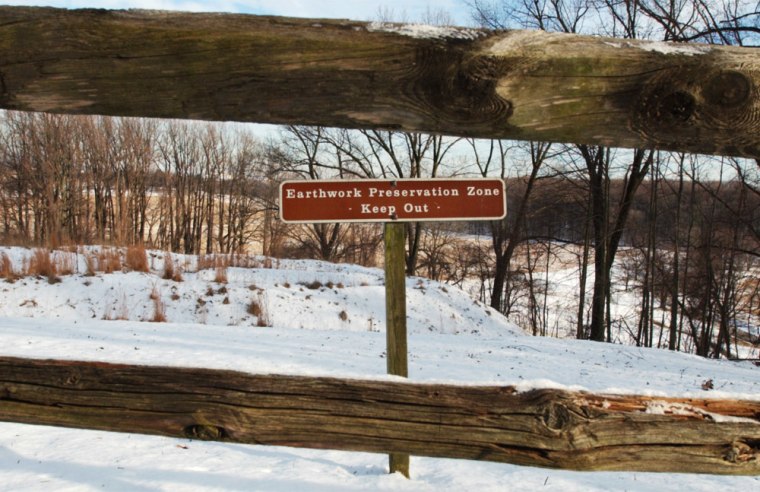In just a few hours of digging at Valley Forge National Historical Park, prosecutors say, Alfred Lucien unearthed the kind of finds amateur treasure hunters dream of.
A musket ball. A locket. A pewter button. Studs, buckles and fasteners that may once have adorned the uniforms of soldiers at the turning point of the Revolutionary War.
It was the sort of haul park rangers dread to hear about as they try to protect the dwindling number of rare artifacts buried at national parks.
In 2002, the National Park Service recorded nearly 11,000 violations of the Archaeological Resources Protection Act, which prohibits people from destroying or removing rare or valuable objects found on federal land, according to Park Service spokesman Al Nash.
“This is a challenge that we’ve faced since the parks were created,” Nash said. “We struggle with people who want to take a piece of something home with them, whether it is a relic from a battlefield or whether it is a plant, or an antler or a skull, or some stone from a national park.”
Possible jail time
The penalties can be severe.
Federal prosecutors this month charged Lucien, 70, of New York, with illegally unearthing artifacts during his family outing 3½ years ago at Valley Forge, about 15 miles (24 kilometesr) west of Philadelphia. He faces fines and possible jail time if convicted. Charged with him was a Pennsylvania man accused of collecting three nails from the site of a former blacksmith’s shop.
Lucien’s wife objected to the criminal charge in a telephone interview last week, saying it was too harsh for an otherwise law-abiding retiree. But Valley Forge National Historical Park Deputy Superintendent Barbara Pollarine said prosecutors hope the case acts as a deterrent.
“They want to show people that this is a serious offense,” she said.
Artifact looting isn’t a crisis at Valley Forge, Pollarine said, in part because so little remains of Washington’s encampment. The park did not become federally protected until 1976. In the 1950s and 1960s, it was the annual site of enormous Boy Scout jamborees, during which the scouts were encouraged to scavenge for artifacts.
“We still get letters from people offering to return things,” Pollarine said.
The problems can be worse at Civil War battlefields, where thousands of tourists visit with their eyes peeled for that rare souvenir.
Weekly encounters
During the summertime at Gettysburg National Military Park, rangers have weekly encounters with casual artifact hunters, said Ranger Rick Pearce. Most are people with good intentions who are unaware of park rules, he said.
A few are hard-core scavengers. Pearce recalled two men who were arrested after one was spotted strolling the fields with a metal-detecting wand strapped to his leg and hidden under his pants.
The park has had some success warding off treasure hunters with a force of 120 volunteers who patrol the 6,000-acre (2,400-hectare) battlefield day and night. Artifact looting has dropped considerably since the Park Watch Patrol program began in 1996, Pearce said.
Federal authorities also have tried other deterrents.
People who pleaded guilty to trolling for artifacts were required to take out newspaper advertisements describing the hefty fines they had to pay for their misdeeds at the Fredericksburg and Spotsylvania National Military Park and Manassas National Battlefield Park in Virginia.
An Alabama man was sentenced to two years probation after he pleaded guilty in August to relic hunting at Vicksburg National Military Park in Mississippi.
In one of the biggest relic-looting cases to date, several people pleaded guilty last year to being involved in a scheme to steal artifacts, including American Indian remains, from sites including Death Valley National Park. Five were sentenced either to prison or house arrest and ordered to pay hundreds of thousands of dollars in restitution.
“It’s fun to go snooping. But if you find something, look at it. enjoy it, and leave it for someone else to find,” Nash said.
